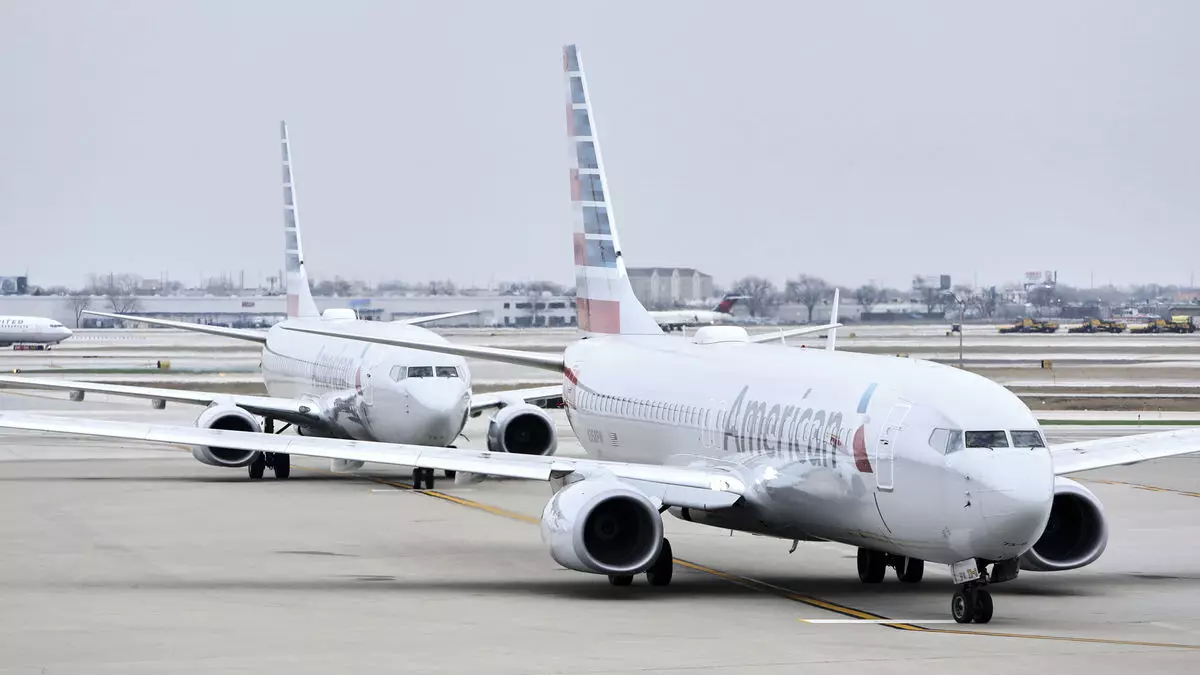In a competitive airline industry that continues to recover post-pandemic, American Airlines is taking significant steps to bolster its market share, particularly within the corporate travel segment. After a tumultuous restructuring period that led to the shutdown of its corporate sales division in September 2023, the airline has begun to reinstate its global sales division—a decisive move signaling its commitment to regain lost ground. Scott Laurence, the vice president of partnerships and retailing at American Airlines, emphasized the importance of a dynamic sales approach in a recent interview. This revival is seen as a necessity for the airline to enhance its competitive edge against major rivals like Delta, United, and Southwest.
American’s decision to reinstate its corporate sales division comes on the heels of a failed 13-month strategy aimed at reducing reliance on travel agencies. This previous approach led to a significant revenue loss, estimated at $1.5 billion for the year. By shifting focus back to travel agents, American is acknowledging the crucial role these partnerships play in maintaining a robust client base. The airline is currently in the process of rebuilding its sales organization, having increased its account manager count by 20% and hiring additional support staff to ensure a streamlined approach to corporate accounts.
Central to this overhaul is the acknowledgment that direct booking attempts without a solid backing from travel agents were detrimental to revenue and commercial viability. American Airlines, which once rejected certain traditional sales methods, has pivoted to embrace more collaborative strategies with travel agencies. The reinstatement of the Corporate Experience benefits program is a hallmark of this strategy. Starting October 10, clients under corporate contracts will enjoy perks such as priority check-ins, boarding, and access to preferred economy seating, features that were suspended earlier this year.
Moreover, the extension of the AAdvantage Business incentive program highlights the airline’s increased willingness to reward bookings made through travel agents. In a bid to incentivize both agents and their clients, American Airlines is changing its policies to ensure competitive benefits are aligned with market expectations. Laurence’s leadership during this transition is essential, as he balances the need for expedient operational modifications with the broader corporate vision of recovering profitability.
American Airlines is also focusing on leveraging new technology, specifically New Distribution Capability (NDC), in its strategy to increase direct bookings in a more effective manner. The airline is active in extending incentives for NDC-enabled bookings, showcasing its eagerness to adapt to ongoing technological advancements in the travel sector. The company sees immense potential in dynamic fare pricing models that NDC can support, a stark contrast to the traditional Global Distribution Systems (GDS) that cannot offer the same flexibility in pricing.
Continuous pricing models are reshaping customer experiences, granting them visibility into the most competitive fares available. As Laurence noted, this approach not only benefits the customers but represents a strategic advantage for American Airlines in a market where price transparency is increasingly sought after. The allure of lower fares often dictates consumer choice, and by harnessing NDC, American aims to enhance both the user experience and overall satisfaction.
With continual developments anticipated in the months to come, American Airlines’ strategy revolves around strengthening relationships with travel advisors and corporate clients alike. The airline acknowledges it has substantial work ahead to fully regain its market share, especially after such a significant loss of revenue. However, with new policies being implemented, additional hires in the sales department, and a clear focus on adapting to industry trends, American Airlines is gearing up for a reinvigorated phase of growth.
As the airline industry evolves, it is clear that the interplay between technology, corporate partnerships, and strategic sales initiatives will dictate the success of airlines. American’s current trajectory suggests a renewed commitment to its customer base and recognizes that flourishing in the present market requires adaptability and innovation.
American Airlines is certainly making bold moves to realign itself within a fiercely competitive landscape. Retracing its steps while also embracing modern technologies, the airline is poised to redefine its future operations, aiming not just for recovery, but for sustainable advancement in a multi-faceted travel environment.

